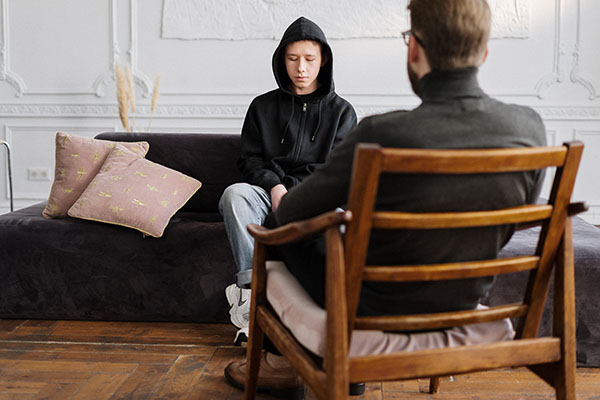
by Paulina Rael Jaramillo
The alarming increase in suicide rates during the past decades have forced us to deal differently with an issue that not very long ago, was rarely talked about. According to the Center for Disease Control (CDC) more than 48,000 deaths by suicide took place in the United States in 2018. This amounts to approximately 1 death every 12 minutes! Males are 4 times more likely to end their own lives than females although females attempt it two to three times more often.
The National Institute of Mental Health lists suicide as the second leading cause of death among youth and young adults between the ages of 10 – 34. The top three methods that are most commonly used include: firearms (50%), suffocation (28%), and poisoning (14%). The teenage years are often filled with stress and pressure from various sources including parents, school, society and peers. It’s also a time when self-identity is beginning to form and sexual development is at its peak. Those with a strong support system that includes family, friends, involvement in the community, religious connections and social interaction, stand a better chance of coping with tumultuous emotions. Unfortunately, many find themselves alone, frustrated and disconnected. Some factors that increase the risk of suicide include the following.
- Psychological problems are by far the leading cause of suicide and include bipolar disorder, depression, as well as disorders associated with alcohol and drug use
- Overwhelming emotions that create a sense of hopelessness
- Feelings of worthlessness that are compounded by failing grades at school, violence at home and isolation from friends, family and society
- Previous suicide attempt and/or a family history of suicide and depression.
- Experiencing physical and/or sexual abuse
- Coming to terms with homosexuality compounded by an unsupportive family, and/or bullying by peers
- Ongoing preoccupation with death (talking or writing about it, including methods)
Suicide prevention begins by recognizing and paying attention to the warning signs. If someone you know is exhibiting several of the risk factors above set time aside to talk to them. One way to open the conversation is by expressing concern and encouraging them to seek professional help in a non-confrontational way. Encourage them to make positive lifestyle changes, ask them to commit to calling you or their counselor if they feel like harming themselves and remove any possible means of suicide (weapons, prescriptions, etc) from easy access. It’s important that you stay in touch and check to make sure they follow through with their commitment. For additional support consider contacting the National Suicide Prevention Lifeline 1-800-273-TALK (1-800-273-8255) or you can visit their website http://www.suicidepreventionlifeline.org/. They have trained and experienced staff available to help
Oftentimes people hesitate to bring up the subject of suicide for fear that they may make the situation worse. However, talking openly about thoughts and feelings and listening without judgment can be the difference between life and death.
Sources:
Paulina Jaramillo has a Master of Arts degree in Rehab Counseling and has worked with youth and families in various capacities including crisis intervention. She is currently facilitating classes for The Stephan Center. Her most recent book is titled, “Life Resumed: After a Catastrophic Event or Other Loss” (available on Amazon). To download free healing from loss articles visit www.grief-recovery.org.
CLICK HERE for Article PDF

 Donate Today
Donate Today